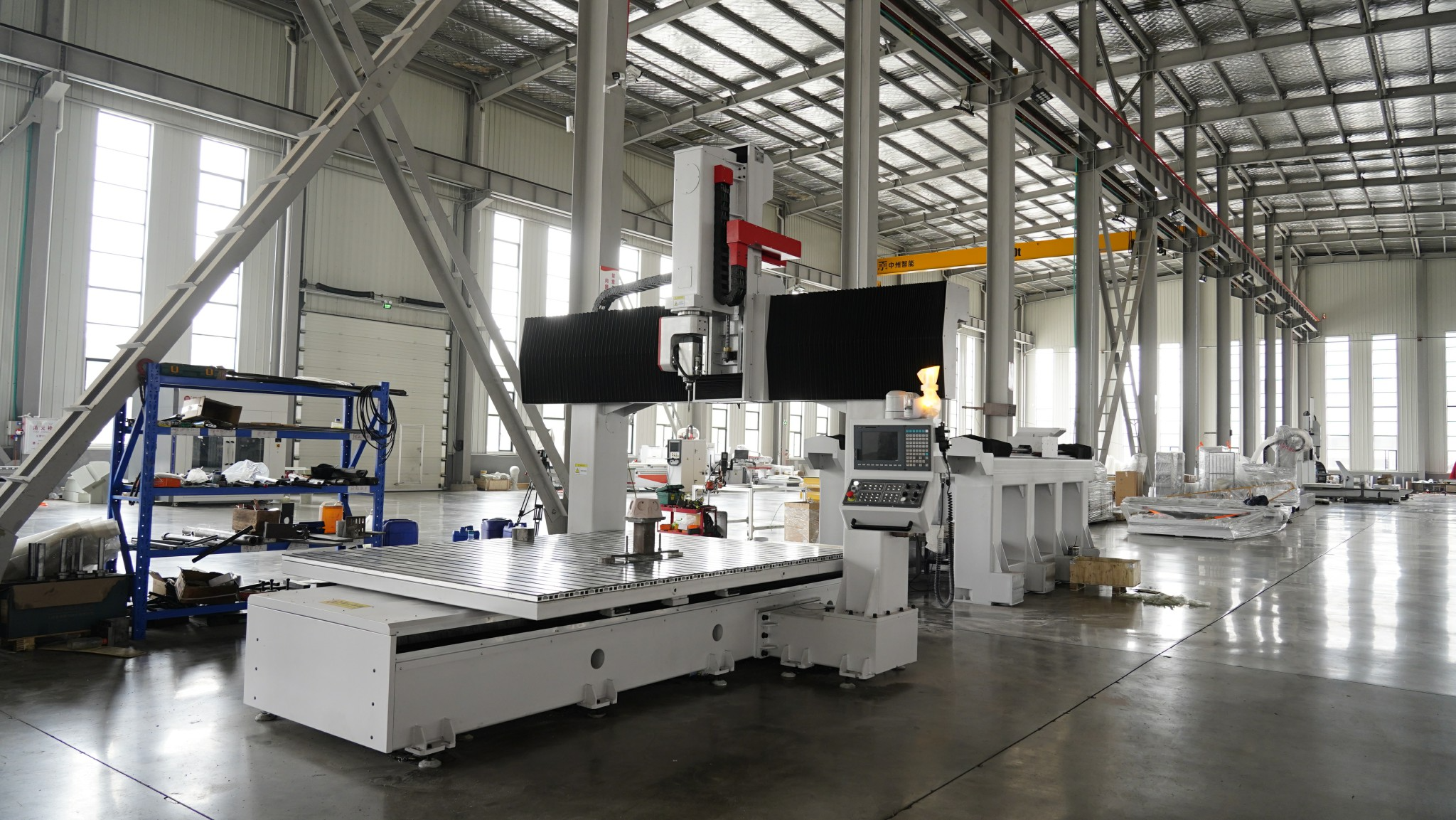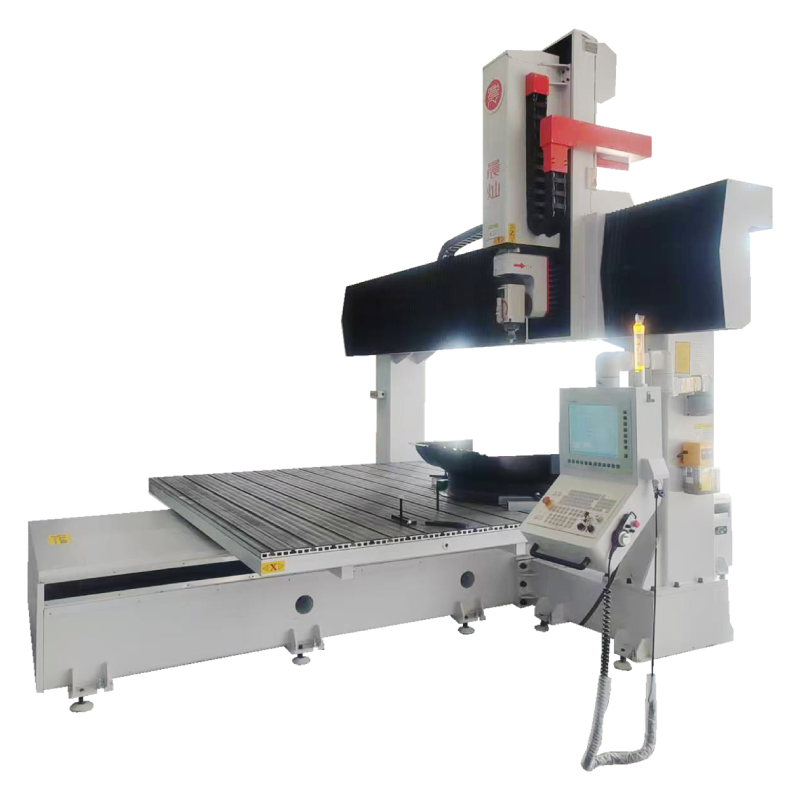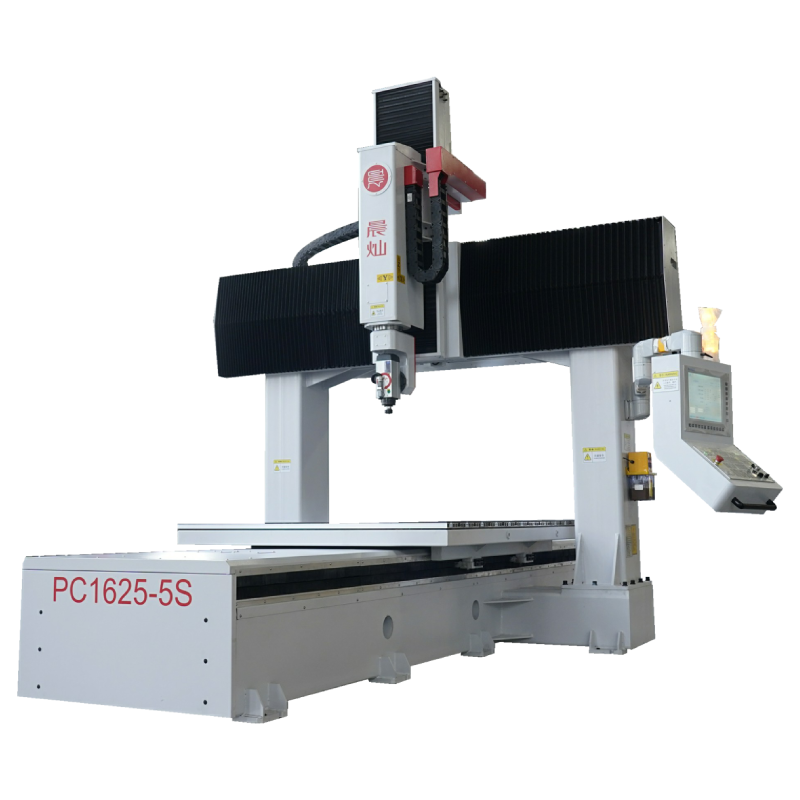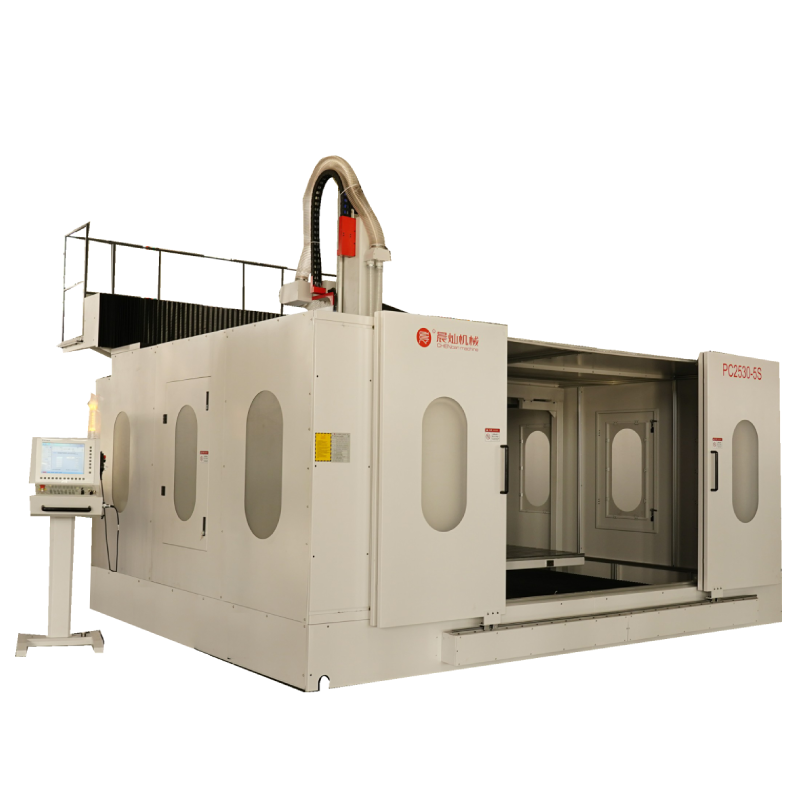Looking for a reliable partner in 5-axis CNC solutions? CHENcan has led the industry since 1998, with two production bases (Shandong and Jiangsu) covering over 60,000㎡, ISO9001 and CE certifications, and more than 140 patents. It serves 12,000+ clients across 70+ countries, focusing on high-precision CNC machines for industries like aerospace and wind power. RTCP will be the topic—what it does, how it improves your work, and which machines fit your needs.

What Is RTCP and What Core Problems Does It Solve in 5 Axis Machining?
5-axis machining lets you tackle complex parts like turbine blades or mold cavities, but rotating the A (tilt) and C (spin) axes can shift the tool’s center. That shift ruins precision, leads to rework, and wastes material—frustrations you don’t need. RTCP fixes these headaches by keeping your tool on track.
Definition of RTCP as Rotation Tool Center Point Technology
RTCP stands for Rotation Tool Center Point. It’s a precision tech that calculates the tool’s center position in real time when the A/C axes rotate. Instead of guessing where the tool tip will land after rotation, RTCP adjusts automatically. This is key for jobs where even 0.03mm of error matters—like aerospace parts or high-end molds.
Resolution of Precision Deviations Caused by A/C Axis Rotation
Without RTCP, you might spend hours tweaking programs to compensate for rotation shifts. Even then, parts might not match your drawings. RTCP eliminates this by syncing the tool’s movement with the axes. For example, when machining a curved composite part, the A-axis tilts and the C-axis spins—but RTCP keeps the tool tip glued to the part’s surface, no deviations.
Reduction of Manual Programming Adjustments for Complex Parts
Programming for 5-axis parts is already tricky. Add rotation shifts, and you’re looking at extra hours of coding to fix tool paths. RTCP cuts that time way down. It handles the rotation math for you, so your programming team can focus on design, not corrections. This is a big win for high-volume jobs where every minute counts.
How Does RTCP Improve Machining Efficiency and Quality?
Every project lives or dies by two things: how fast you finish it and how good the end product is. RTCP doesn’t just nudge one up—it boosts both in ways that show up in your bottom line.
RTCP Reduces Manual Program Adjustment Time
Manual adjustments eat into your schedule. With RTCP, you skip the back-and-forth of testing a program, fixing rotation errors, and testing again. Some users report cutting setup time by 30%—that’s hours saved per project. For example, if you’re making 100 composite brackets, RTCP gets you from setup to production in half the time.
RTCP Maintains Consistent Precision for Intricate Components
Consistency matters, especially for industries like medical or aerospace. RTCP keeps your parts within tight tolerances—often ±0.03mm repeat positioning accuracy. That means every part off the line matches the first one, no scrap or rework. Imagine machining 50 turbine blade segments: RTCP ensures each segment fits together perfectly, no last-minute fixes.
RTCP Enables Versatile Machining Across Materials
You might switch between foam for molds, carbon fiber for aircraft parts, and plastics for automotive interiors. RTCP works with all these. It adjusts the tool’s position regardless of material density, so you don’t need separate setups for each. This versatility lets you take on more jobs without buying extra equipment.
Which 5 Axis Machines Offer Optional RTCP for Different Needs?
Not all 5-axis jobs are the same. You might trim large wind turbine parts, work with delicate composites, or churn out molds. The right machine with RTCP fits your specific task—no overpaying for features you don’t need.
Smart 5 Axis CNC Router for Large-Scale Trimming
For big jobs—like trimming 65m wind turbine blade molds or large composite panels—the Smart 5 Axis CNC Router For Trimming And Cutting is a solid pick. It has a 3000×3000×1000mm work area, enough to handle even your largest parts. The optional RTCP keeps precision high, even when the A/C axes are rotating at full speed.

5 Axis Router for Plastic and Composite Trimming
If you work with medium-size parts—automotive interiors, medical device components, or composite brackets—the 5 Axis CNC Router for Trimming of Plastic And Composite Materials Components works well. Its 2500×1600×1000mm work area is just right for these jobs, and RTCP ensures clean, precise cuts on materials like ABS or carbon fiber.

Economic High-Speed 5 Axis Router for Mold Making
Mold making needs speed and precision—and the Economic High-Speed 5 Axis CNC Router With High Speed delivers both. It runs at 15mm/s working speed, so you can make molds faster. The optional RTCP keeps the tool on track for intricate mold cavities, so every mold produces perfect parts.

What Criteria Guide the Selection of RTCP-Equipped 5 Axis Machines?
Picking an RTCP-equipped machine isn’t just about checking a box. You need to make sure it fits your work—size, materials, industry rules all play a role.
Matching of Machine Size to Workpiece Dimensions
Your machine’s work area needs to fit your parts—no squeezing a 4m part into a 3m machine. If you make large wind parts, go for a machine with at least 3000×3000mm of travel. For small medical components, a 1600×2500mm machine is enough. Mismatched size means extra steps (like splitting parts) or wasted space.
Alignment with Material Hardness and Machining Requirements
Soft materials like foam need different spindle power than hard composites like carbon fiber. A machine built for foam might have a 7.5kW spindle, while one for composites needs 15kW or more. RTCP works with both, but the machine’s overall build must handle your material—otherwise, you’ll get dull tools or uneven cuts.
Adaptation to Industry-Specific Precision Standards
Aerospace and medical industries have stricter standards than, say, furniture making. Aerospace might need ±0.02mm positioning accuracy, while furniture can live with ±0.05mm. Check the machine’s specs to make sure its RTCP performance meets your industry’s rules. This avoids costly rejections down the line.
What Support Is Available for RTCP-Equipped Machine Purchases?
Buying the machine is just the first step. You need help setting up RTCP, training your team to use it, and fixing issues if they pop up. Good support keeps your machine running—bad support leaves you stuck.
Pre-Sales Consultation for RTCP Configuration
Before you buy, you’ll get pre-sales help to figure out if RTCP is right for you. Experts will ask about your parts, materials, and goals. They’ll also share technical specs—like how RTCP works with the machine’s spindle or control system. This ensures you don’t pay for RTCP if you don’t need it, or skip it when you do.
On-Site Installation and Operation Training
Once you order, engineers will come to your shop to install the machine and set up RTCP. They’ll train your team on how to use RTCP—from turning it on to troubleshooting small issues. You won’t be left guessing how to get the most out of the tech. Most teams feel comfortable using RTCP after a few days of training.
Post-Sales Maintenance and Technical Assistance
You’ll get a 1-2 year warranty for RTCP-related parts. If something goes wrong, there are dedicated maintenance centers with nearly 40 technicians. They offer 24/7 remote support—so you can get help even if it’s 2 AM and you’re on a tight deadline. For bigger issues, they’ll send someone to your site to fix things.
FAQ
Q1: Is RTCP a must-have for all 5-axis machining jobs?
A: No, it’s not. RTCP is most useful for jobs with complex curves or tight precision—like aerospace parts or mold cavities. If you only make simple flat parts, you probably don’t need it.
Q2: How does RTCP work with different control systems?
A: RTCP works with most common 5-axis control systems. It syncs with the system to calculate tool position in real time.
Q3: Does RTCP increase the machine’s maintenance needs?
A: Not really. RTCP is a software-driven feature, so it doesn’t add extra moving parts. You’ll still do regular maintenance (like checking lubrication or guide rails), but RTCP itself doesn’t need extra upkeep.





